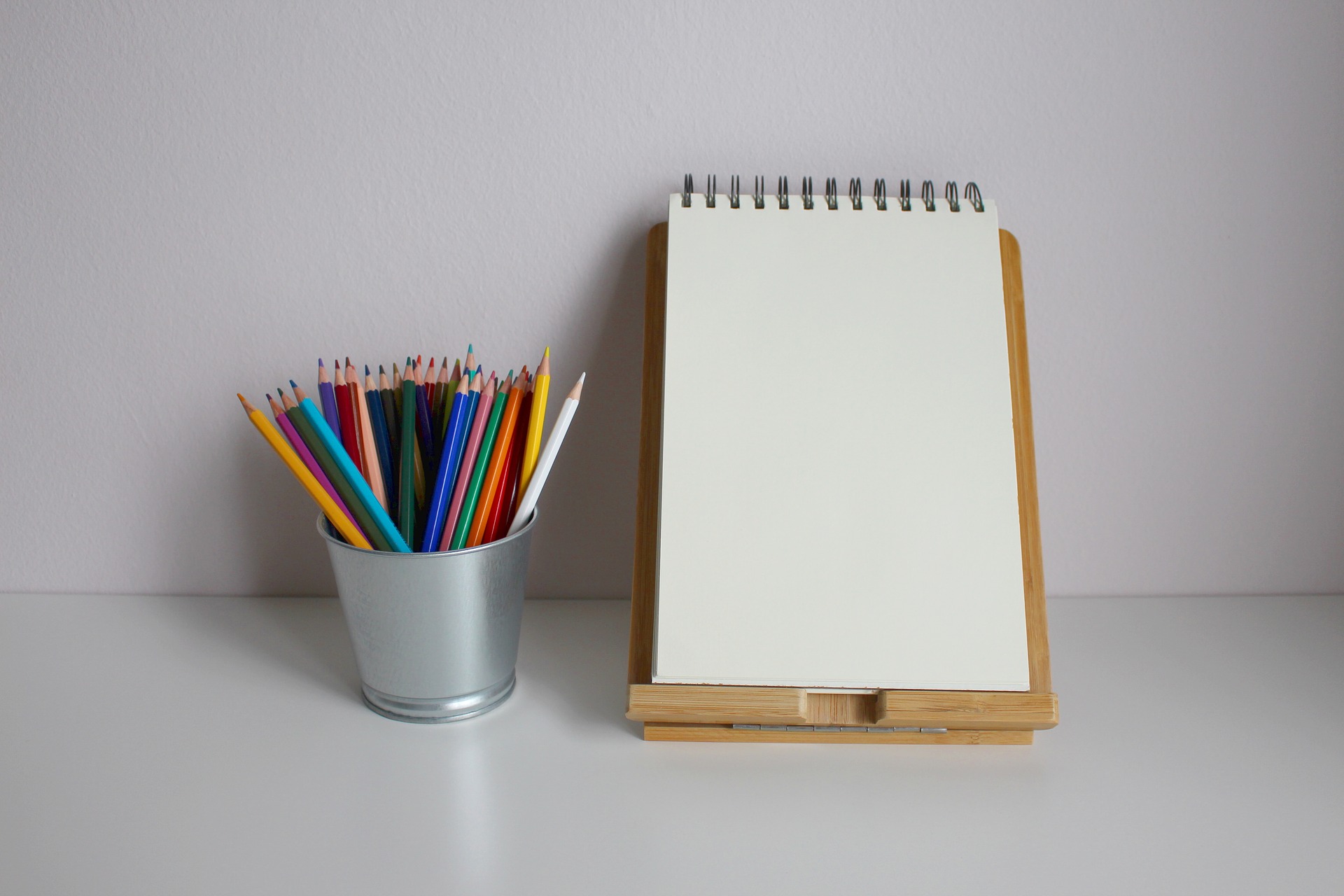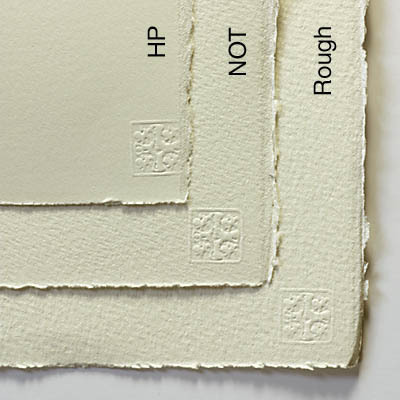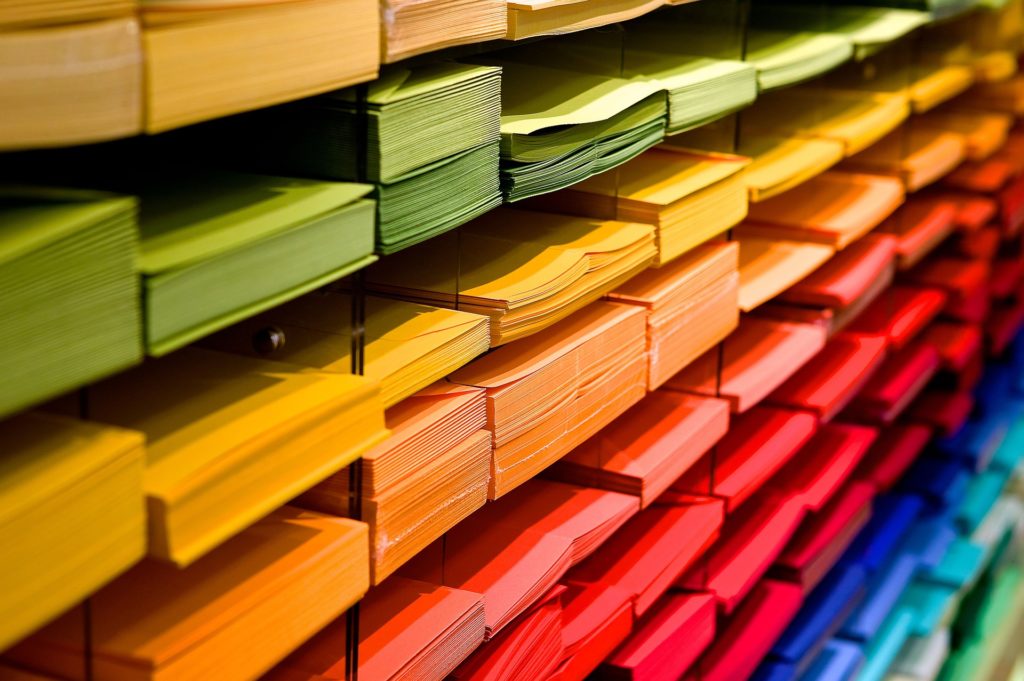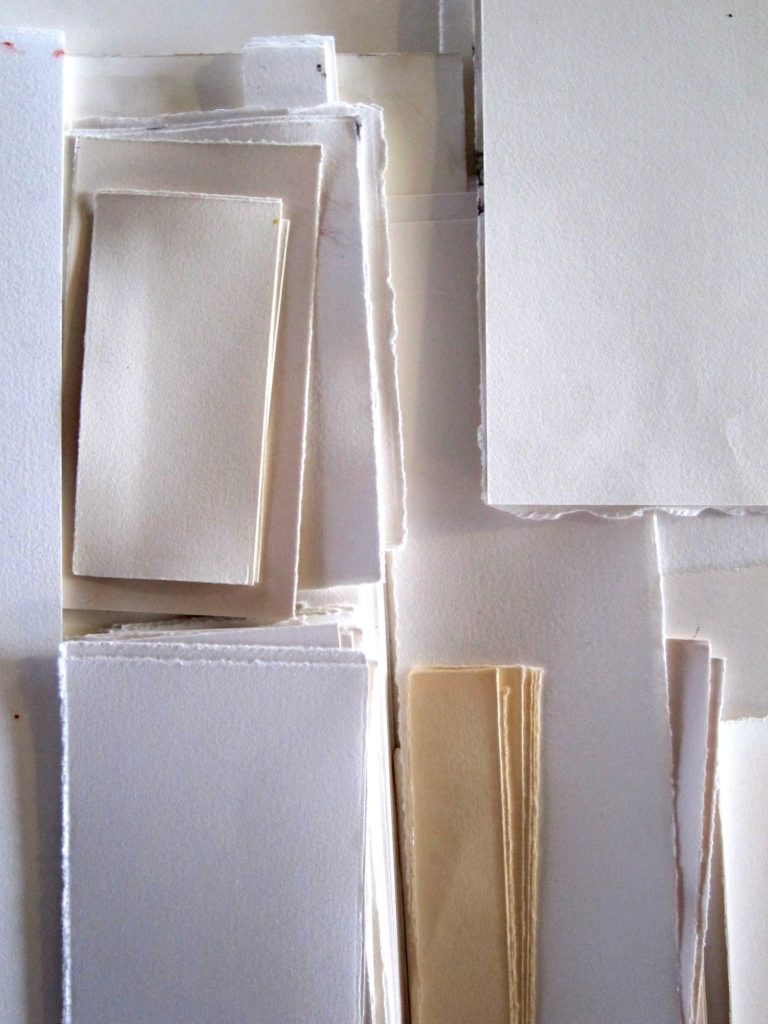
EVERYTHING YOU NEED TO KNOW WHEN IT COMES TO CHOOSING THE RIGHT PAPER FOR YOU AND YOUR ARTWORK
With so many varieties of paper available to artists, it’s easy to become confused or overwhelmed with all the choice. Choosing the right paper for you and your artwork is not always easy and you will probably try an array of papers before landing on one or more that suits you and your style.
FIBRE
Quality art paper is generally made from plant fibres, such as cotton. Plant fibres are often valued because they are long, strong and usually contain lower levels of an acid called Lignin. Lignin contributes to paper becoming yellow over time and of course, as an artist, we want to avoid that happening.
100% cotton paper is made from cotton fibres which are the longest of all the plant types and is considered by most artists as the best quality. It can last well over 100 years without yellowing meaning cotton paper is archival.
WHAT DOES ARCHIVAL MEAN?
When you see the word Archival to describe a paper, it means that it has been tested to see how well it stands up to the test of time. Archival papers won’t fade or discolour over time so you can be confident your artwork will last a lifetime. Caution still needs to be taken when storing or displaying your artwork and direct sunlight needs to be avoided due to it’s bleaching effect. Non archival paper is absolutely fine for personal use but if you intend to sell your artwork then you definitely need to look for an archival paper.
TEXTURE OR SURFACE
This is a very important aspect to consider when choosing a paper. Words you may see used to describe the texture of a paper are Rough, Hot-pressed and Cold-Pressed.
Rough paper is paper that has been allowed to dry naturally, without any pressing or smoothing during the manufacturing process. It is highly textured and is more suited to wet mediums, such as watercolour.
Hot-Pressed paper has been pressed by heated rollers or plates to smooth the texture of the paper. Hot-Pressed paper is favoured by a lot of artists due to its ability to give a smooth finish with enough texture/tooth to allow for multiple layers. It is ideal for drawing, sketching, illustrations and, of course, coloured pencil art.
Cold-Pressed paper has been pressed but without the use of heat and before the paper dries. It is a textured paper and is good for most mediums. Many coloured pencil artists use cold-pressed paper due to its ability to hold many layers of pigment. Cold-Pressed paper is sometimes also referred to as NOT paper, as in NOT Hot-Pressed.

PAPER WEIGHT
Paper weights can seem confusing at first but it’s just a way to describe the thickness of a particular paper. As a general rule, the thicker the paper, the more pigment it will hold and will be less likely to warp when using liquid blenders or wet mediums.
Many manufacturers show the weight of their paper in grams per square inch measurement (gsm). A paper that is 400gsm will be thicker than a paper that is 300gsm.
Some manufacturers have stuck with tradition and list the weight of their papers in pounds. Again, the higher the number, the thicker the paper.
BLOCK, SHEET OR PAD?
You will almost certainly come across these words when shopping for paper.
A Block of paper is similar to a pad but all 4 sides have been glued with a small piece left unglued for easy removal. You paint or draw on the top sheet and, with a dull instrument like a ruler or credit card, you remove the top piece. You can also remove the paper and draw on it as a single sheet of paper.
A Pad of paper is several sheets bound with a spiral wire or glued on one edge. You can draw on the top layer and remove when you are finished or you can remove it and draw on it. In a spiral-bound pad, you may be left with a messy edge that will need cutting to neaten it up if it does not have a perforated edge.
A sheet is a single sheet of paper and is great if you want to create a large piece of artwork since sheets tend to come in larger sizes. You can also choose to buy a sheet and cut it into smaller pieces. Depending on size, they can be harder to store than Blocks or Pads.
COLOURED OR TONED PAPER
Some papers are only available in white but there are many others available in colours and tones. They can really fun to use and, depending on what you want to draw, they can provide you with a great base colour for your drawing. As an example, if you want to draw an elephant, you may wish to use a toned grey paper.
Naturally, toned or coloured paper will affect how your coloured pencil looks. It may make the pigment appear duller or give a different undertone to a particular colour.

SO WHAT NEXT?
If you are a beginner and would like to try out different papers, then I suggest getting some samples sent to you. Depending on where you shop, you may get samples for free or for a small charge. Having samples is budget-friendly and you don’t have to worry if a paper just isn’t for you. If you decide you like a particular paper, you can buy more of it in the size you want.

